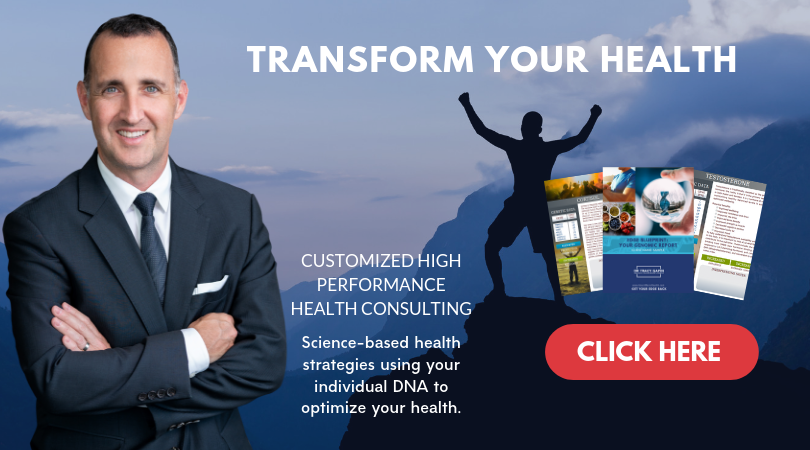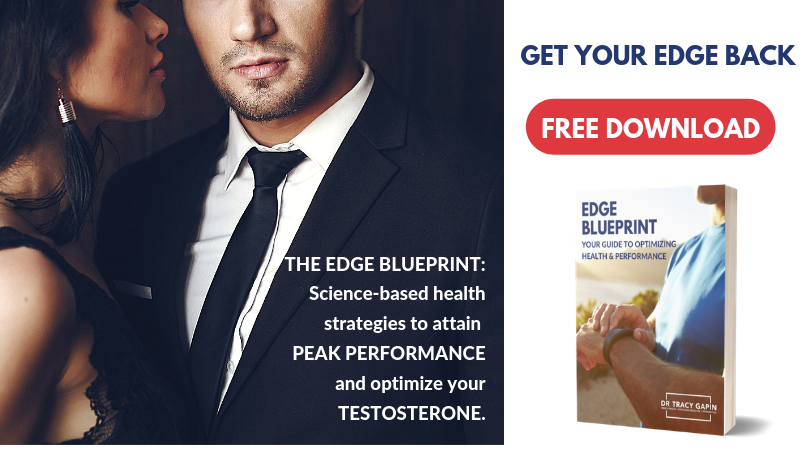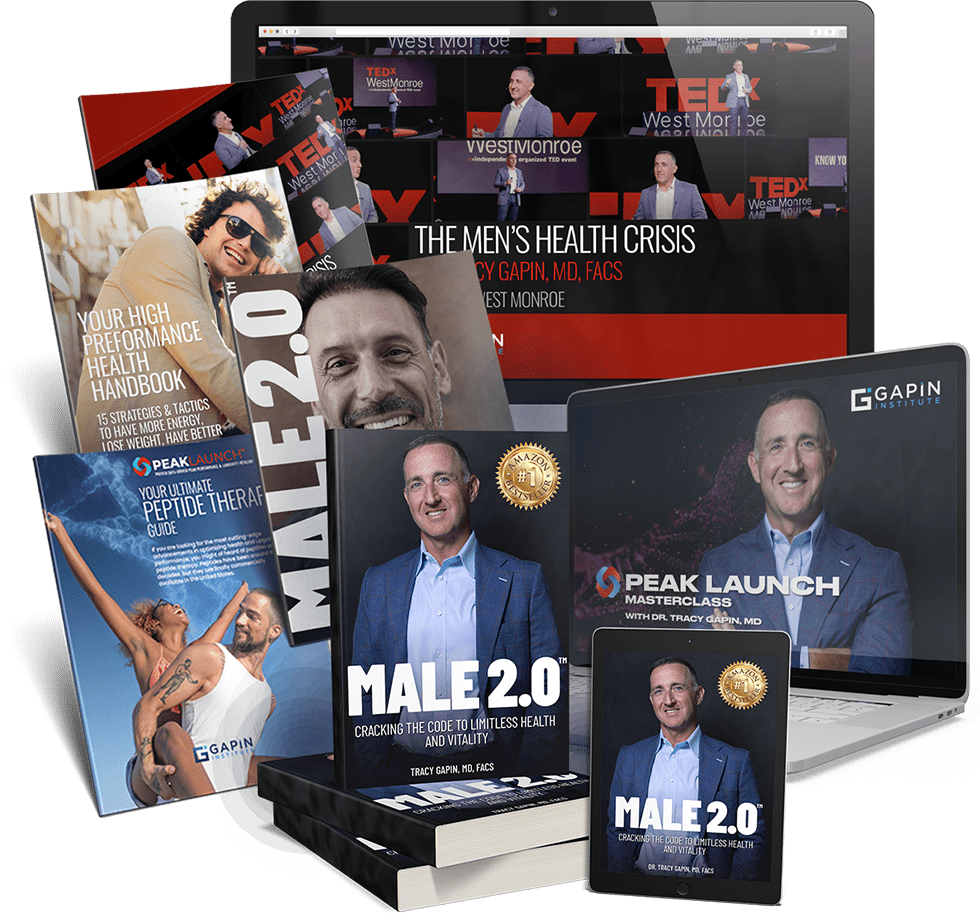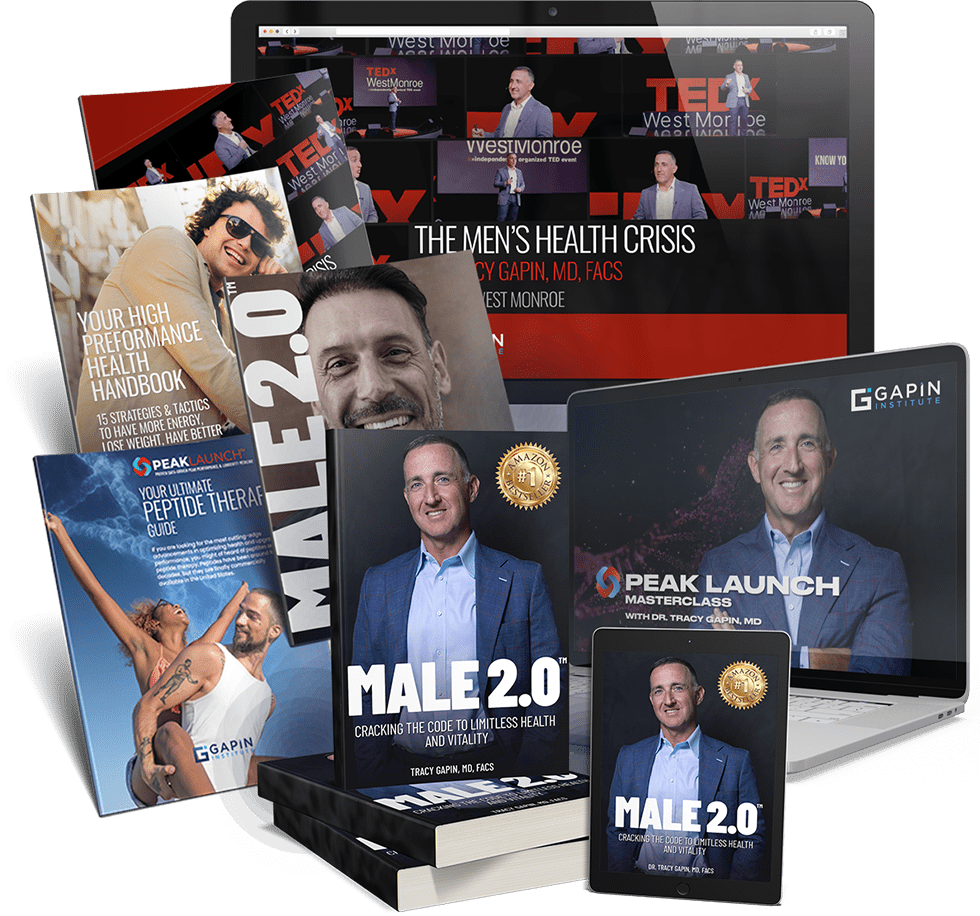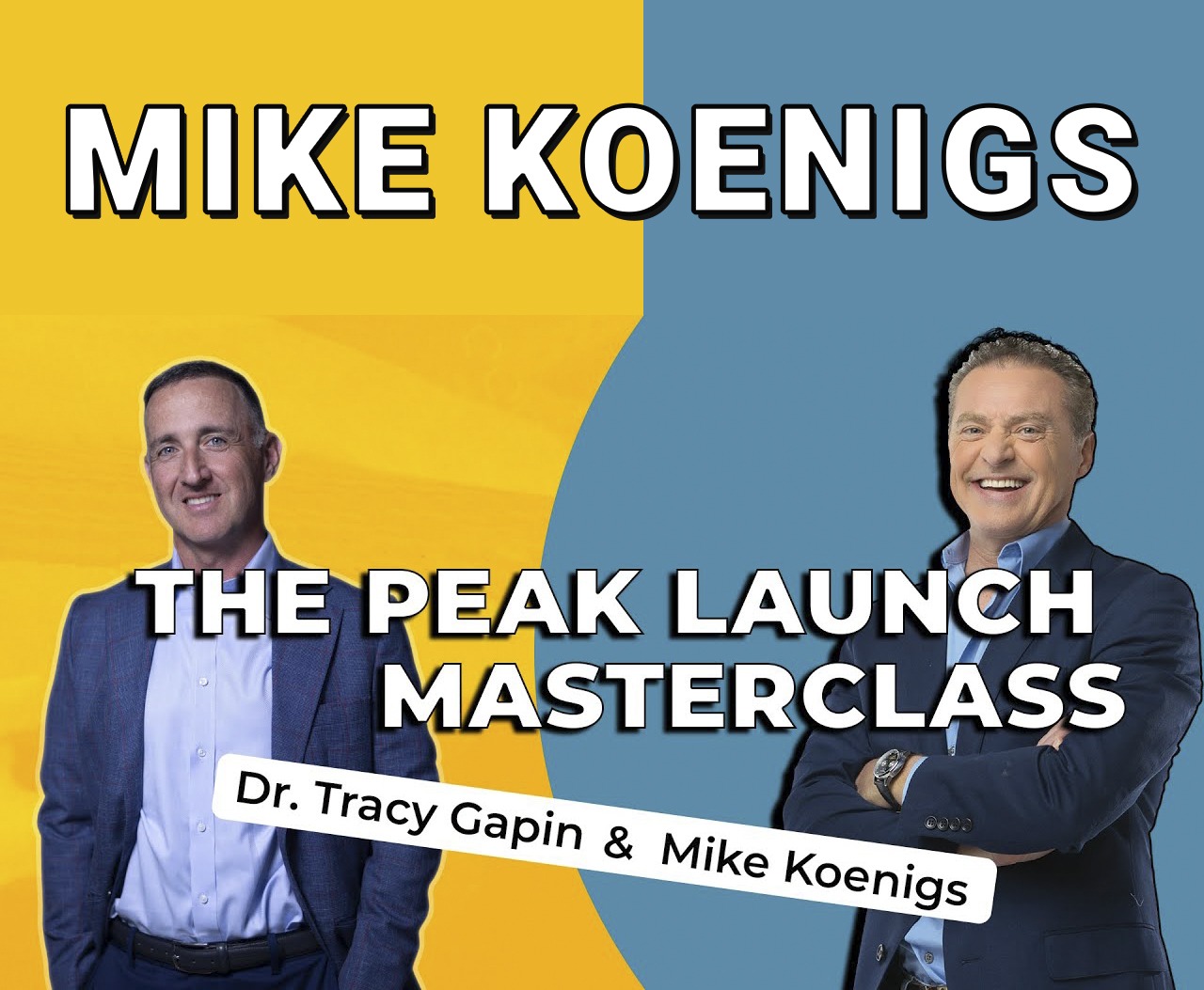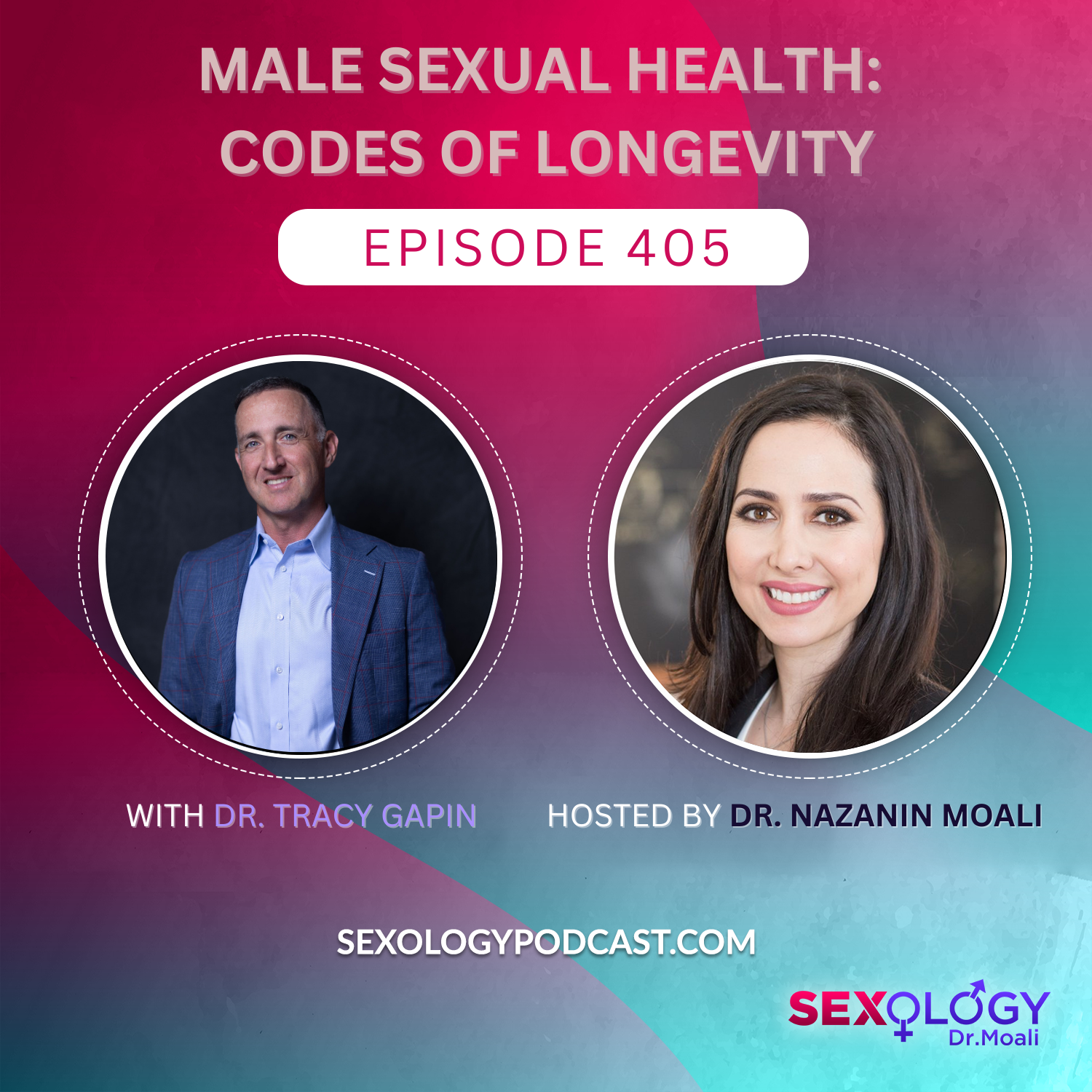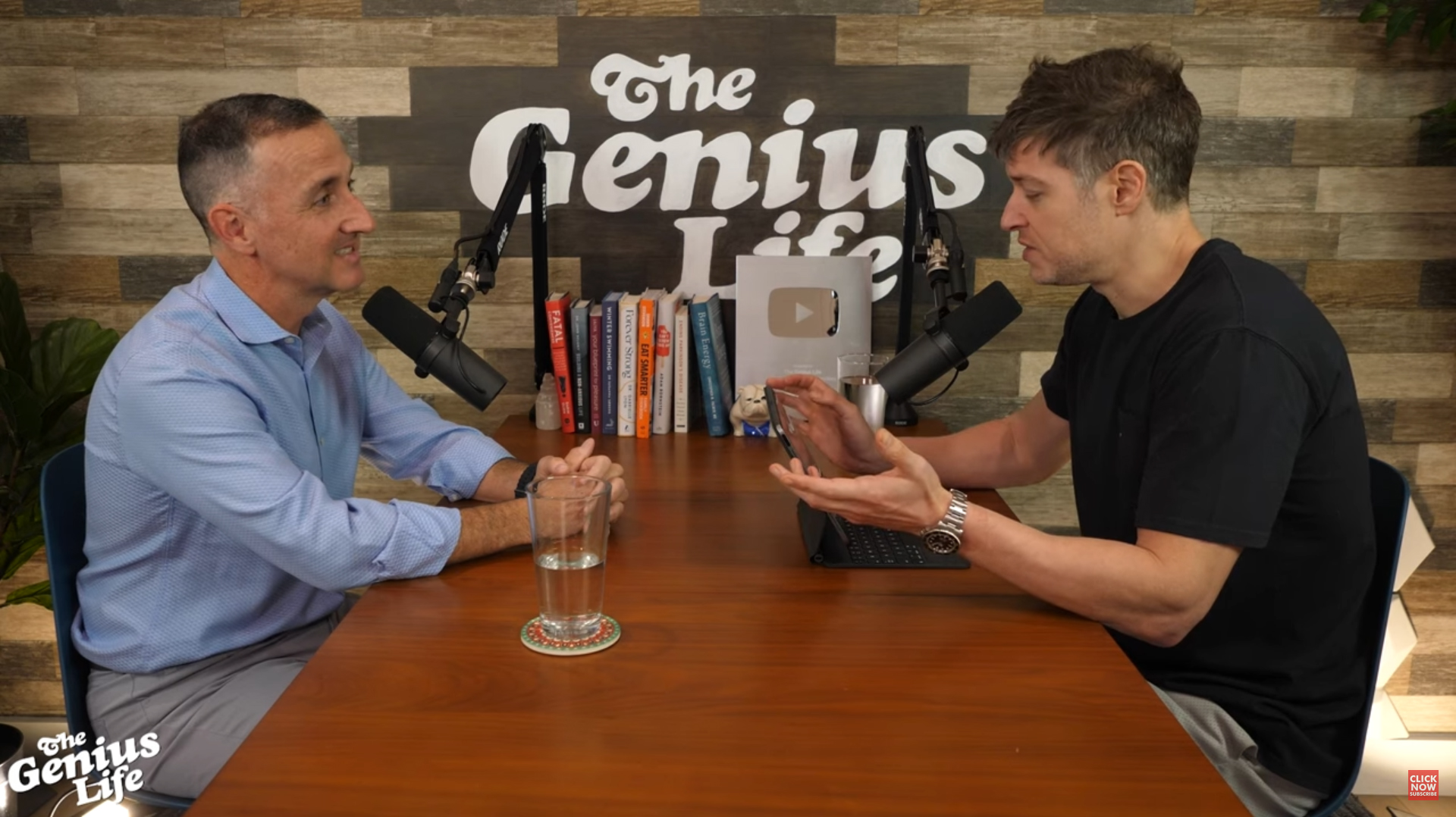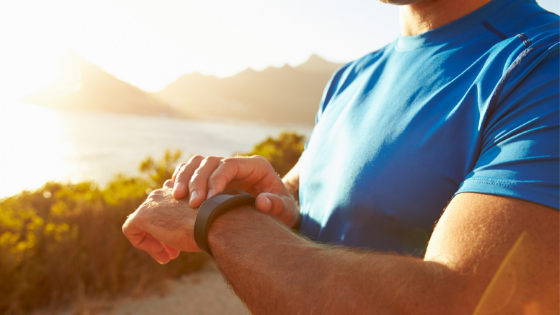
Wearable technology isn’t new to the medical field, but emerging advancements have revolutionized the way users can control and monitor their health. Daily heart monitors and pedometers have been helping users track their own health and fitness for almost a decade. Coming into 2019, though, we’ve seen an unprecedented influx of wearable medical devices and associated smartphone apps that are taking health to a new level. From sleep tracker apps to heart rate variability trackers to blood sugar monitors, tech companies are transforming annual physician visits into daily health habits.
Medicine is moving into the hands of the patient, ushering healthcare towards personalization and accessibility for all. Let’s take a look at the basics about what wearable health tech is and does, and then we’ll go through some of the popular and exciting technologies that are changing wellness, vitality, and longevity.
What is wearable health tech?
Wearable health technologies are, as the name suggests, tech advancements made to improve health—that you wear on your body. You put some sort of monitor around your wrist, finger, head, or chest. The monitor tracks your movement during the day or during your workout, and then it sends biofeedback (reports about your health) to a centralized system, like a phone app or cloud storage.
You have nearly instantaneous access to your health reports and biofeedback. You can refresh your phone app to see your heart rate up to a minute ago. And you can wake up in the morning and see exactly how you slept the night before, down to the minutes, movement, and quality.
Wearable health technology lets your body tell you what’s going on. As you grow accustomed to the equipment and feedback, you’ll be able to become more attuned to your health and wellness.
What are the benefits of wearable health tech?
- It makes you proactive about your health: Wearable tech allows users to keep up with their health before something goes wrong. You’re not thinking about your health once a year when it comes time for your annual physician visit (or less frequently, if you’re like some patients I know). You’re aware of and focused on your health every single day. This enhances understanding of health and makes people more proactive about their lifestyle decisions. Proactivity is the best way to keep disease away.
- It gives you control of your health: Wearable tech gives the user more control of their experience of health. These equipment increase understanding of different health measures, making users more mindful about their health every single day. For those individuals who want to live a healthy and vital life, this level of control over their own health can be relieving.
- It helps your doctor do their job. But you’re not alone in your health journey. Most technology will allow you to share health reports with family and doctors. This means your doctors can keep up with you and your health on a regular basis. More healthcare practitioners are moving to this one-on-one relationship-based approach to medicine, especially as healthcare gets more complex.
- It detects problems faster: You’re getting biofeedback down to the minute. This allows for earlier detection of concerns. Since the majority of diseases are progressive, swift detection can help minimize symptoms and treat the disease more fully and effectively. These techs can help kill the monster when it’s small.
- It provides more data for improved treatment: You’re tracking your health every single day. You’re creating a strong set of data about you and your body. If something does go wrong with your health, you already have weeks or months of data for your doctor to look at. This massive data set helps you and your doctor better understand your symptoms for more accurate and effective treatment—at a faster pace.
- It helps you live better, longer: You’re proactive about your health. You’re more aware of what’s going on with your body. You can catch things early, and you and your doctor have more data to better understand what’s going on. Altogether, you have a better hold on your health, so you can make better decisions for your life. This leads you to improved health, vitality, and longevity.

What should my wearable technology track?
Different technologies offer different sorts of tracking and analysis options. Some of the monitoring capabilities of wearable tech includes:
- Heart Rate Variability: the interval between heartbeats; a clue into health of autonomic nervous system (learn more about HRV here)
- Heart rate: moving and resting rate determines overall health of body and heart
- Blood oxygen saturation: amount of oxygen in blood, needed to keep organs and body healthy and energetic
- Body temperature: tracks baseline versus temp due to disease, infection, or stress
- Respiratory rate: how many breaths a person takes while at rest; abnormal can be clue into illness, infection, disease, or dehydration
- Sleep stages: REM, light, deep to measure quality of sleep
- Workout metrics: performance and endurance during activity
- Step count: amount of steps taken during day, demonstrates basic level of activity
- Calories burned: calories burned at rest and with activity
When selecting wearable tech, you also want to consider the usability of the software, the ease of wearing, and the different tracking and reporting features. Ideally, you want to be able to keep your doctor aligned with your health reports. Some tech equipment includes a community feature as well so you can include your friends and family to keep you accountable and healthy.
What are some of the wearable tech options that are personalizing health?
1. Garmin Fenix Watch
The Fenix watch by Garmin was originally made for runners, athletes, and adventurers, but it’s become a staple for in the wearable tech world. It offers some of the clearest technology in an easy-to-use, unobtrusive way.
You just put your watch on (or keep it on all the time), and you have your health on you at all times. It has Elevate ™ wrist heart rate technology, so it can track your heart rate and heart rate variability down to the second. Your watch will count your steps, track your sleep, measure calories burned, and even quantify the intensity of your activities. The watch even shows biomechanical measurements like cadence, stride length, ground contact time, vertical oscillation, and vertical ratio while working out. It gives you insights into your anaerobic training metrics and tells you how to train productively based on your recent exercise history and performance.

https://explore.garmin.com/en-US/fenix/
The watch also includes outdoor sensors with GPS and GLONASS satellite reception, so it can tell how far you’ve run/biked, your altitude changes, and even the barometric pressure you’re in. Wear it while swimming to track distance, pace, stroke, and count. Wear it skiing or snowboarding to track speed, distance, vertical drop, and run. Go into golf mode for yardage on your course, autoshot detection, and stat tracking.
Plus, it has a great design, especially for men. If you’re going to be wearing your health monitors all day, you want it to look cool. The Fenix has a rugged design with durable sport band and stainless steel fittings, so you’ll look as awesome as you feel. And you can even link your phone to your watch to get messages and calls, like you would with any other smart watch.
There’s also a community aspect. You can connect with friends and neighbors who also have the watch, so you can compare activity and goals. Push each other to live healthier. If you’re competitive, this feature is a must to take your life to the next level.
If you’re not a serious athlete, the Fenix might be an unnecessary cost. However, a lot of my patients love the daily performance metrics, smart notifications, and advanced tracking features. It really is the most comprehensive, adaptable, and usable watch on the market currently. As a doctor, I love the readability and breadth of reports to get an idea of how your workouts and daily movement is impacting your lifestyle.

2. Biostrap
https://shop.biostrap.com/products/biostrap-set
Biostrap is similar to the Garmin watch, but it’s more for the every-man who doesn’t necessarily need GPS tracking for runs or cycling.
The Biostrap also helps you track your workouts by capturing your full body movement. The wristband and shoe-pod work together to understand how your body is moving, especially during workouts. It tracks blood oxygen saturation, heart rate variability, heart rate, respiratory rate, sleep analytics (sleep stages)—all day and night. During exercise, it tracks cadence, velocity, reps, and more. Not only does it track the data, but it also gives personalized insights to understand how you’re performing and how you can improve your health.
A unique aspect of the Biostrap is how it follows your heart. It doesn’t just check your pulse, but it captures specific waveforms that doctors use to monitor patients in-house. This gives more precise heartbeat data and analysis to ensure your heart is always beating strong.
The app is minimalistic and easy to use. You can set daily and long-term goals, look at your exercise library, and monitor your health with just a few taps. Biostrap is a great option to look into if you want in-depth tracking but you’re new to wearable tech or looking for a more approachable platform.
3. Oura Ring

https://ouraring.com/
I can’t stress it enough: sleep is critical. A poor quality and quantity of sleep is directly linked to low testosterone, low energy, obesity, and increased risk of disease like cardiovascular disease and type 2 diabetes. Poor sleep may even be linked to an increased rate of mortality (aka death)!
That’s where Oura Ring steps in. This is one of the best sleep trackers on the market (although there are a few). This ring is packed with sensors to help you understand different areas of your health, from sleep to workouts and beyond. It uses a body temperature sensor to get your temperature baselines and variations, infrared LEDs to measure blood volume pulse, and 3D accelerometers and gyroscopes to detect the amplitude and intensity of your body movement. It tracks you 24/7 so you can understand your movement and energy from wakefulness through sleep.
Some of its features include:
- Bedtime guidance
- Sleep quality measurements
- Sleep stage tracking (REM, deep, light)
- Quality and quantity sleep trends
- Daily recovery optimization
- Resting heart rate
- Heart rate variability (HRV)
- Body temperature trends
- Respiratory rate
- Steps and calories
- Activity tracking and inactive alerts
Users also love the minimalistic design and integration with Apple Health app. You can import your workouts automatically to track your activity, calories, and fitness in your Health app.
So Oura isn’t just about sleep. It’s about understanding the basics of your health, so you can see just how your body is working to stay strong and vital. It also helps you set goals for your health and wellness, so you always feel incredible.
4. Heartmath Inner Balance

https://store.heartmath.com/innerbalance
Training your emotional wellbeing is one of the best ways to handle your hormones, be more productive, and get the most out of life. Reducing stress is one of the best things you can do for your health to reduce your risk of diseases like cardiovascular disease, obesity, type 2 diabetes, cancer, Alzheimer’s, and others. Stress is America’s silent epidemic, but HeartMath helps you take control of what you’re feeling.
The Heartmath Inner balance app and sensor actually focus on your mental wellbeing along with your physical. Its goal is to help you find balance, release stress, and reduce anxiety. Research shows that our heart rhythm actually reflects our inner state. Your heartbeat is erratic when you’re stressed or frustrated, but it’s consistent and even when you’re in a calm, collected state. So this tech actually helps you connect your emotions with your heart on a physiological level.
Research has shown that stress resiliency is a strong predictor of health. Being able to stay calm in periods of stress can help minimize the strain on your heart and head, while on the other hand getting anxious or stress drastically increases your risk of health complications. There’s a reason it’s called disease– because there is dis-ease in your body and brain.
It will observe your heart rhythm variability, which gives insights into your emotional state. It then offers HeartMath techniques to guide you to a more stress-free state. Coherence feedback can tell when you’ve made an emotional shift and then trains you to sustain that consistent heart-rate and mental state.
5. Halo headset

https://www.haloneuro.com
The Halo Sport headsetstimulates your brain and increases neuroplasticity, which basically puts you into a state of hyper-learning. It uses small electrical currents to make the brain “pliable”, so it’s ready to learn and work harder. This can make you more productive, accelerate your recovery time, enhance your workouts, and improve your learning.
Throw on the headset for 20 minutes before working out or taking a piano lesson, and you’ll see marked improvements in how productive you are during the next hour. There are a number of studies proving that neuroplasticity works to put your brain into optimal over-drive. In fact, Olympians saw 45% faster results in training with Halo Sport than without!
The purpose of the Halo headset is to take your brain up a notch to make time-usage more efficient, whether working out, working at your desk, or learning something new. The headset connects to an app that tracks brain data, sends notification reminders, and provides tips to hack your brain and productivity.
Imagine what you could do if every hour was spent at peak capacity.
6. Apple Watch
Of course, we can’t forget the popular smart watch by Apple. Some of the newer watches are comparable to other tech wearables, offering a number of health and wellness components. Below are some of the uses of the Apple Watch:
- It will constantly monitor your heart rate with the ECG app using just a fingerprint, giving a physician-worthy ECG waveform in 30 seconds.
- The Breathe app keeps you calm and reminds you to relax throughout the day, putting your heart and mind back in alignment.
- It can sense if you’ve fallen down, and the instant SOS alert sends help immediately.
- It tracks your workouts and daily activity, and it will alert you when you need to get up and move.
- You can pair your watch with compatible gym equipment to stay in sync with metrics like heart rate, speed, and calories burned. It can also automatically detect your workout, and you can input workouts based on type of activity.
- It’s waterproof up to 50m, so you can take it in the water and work up a serious sweat.
People like using the Apple Watch because all of the information is centralized in your Health app, where it’s easy to find reports and share them with your doctor. Additionally, you can customize your watch completely to your needs. You can download different health apps for tracking and data input, like Dexcom G6 for diabetes glucose alerts or Lifesum to keep you moving with your food and workout goals. You can even see weather conditions, play your music, get messages, and other Apple app uses. Plus, there’s a strong community (and competition) aspect, so you can connect and share health data with friends.
The Apple Watch also offers many choices for customization, with https://mobilemob.com.au/ selling a variation of bands to accessorize your watch. It may not be as accurate as the other choices, but the customization that Mobile Mob makes up for it!

Other interesting wearables
AlivCor KardiaMobile: This helps track heart health, especially irregular heartbeats. It links to the Apple’s heart rate sensor for continuous monitoring, and it has a small ECG pad on the watchband to determine irregularities.
Motiv: A smart ring that tracks sleep, activity, and heart rate. It’s one of the more simple designs and usage for the beginner tracker.
SleepScore Labs: SleepScore offers a non-contact sleep tracker using artificial intelligence. This sits on your bedside table to detect sleep movements as well as snoring, teeth grinding, and sleep apnea patterns.
L’Oreal UV sense: This battery-free sensor is so small it fits on the thumbnail for two weeks. It measures UV exposures to determine how to best protect your skin. After two weeks, you download the info into your smartphone and the sensor can be reused for ongoing data collection. This is usually used more for data collection purposes.
Air Louisville: Tracks the environment around you including the air quality and pollution of your city. It was made especially for patients who suffer from asthma. This collects data from individuals to assess long-term health risks for the overall public.
There are hundreds of health tech equipment on the market. Do your research to see which will best suit your health and lifestyle needs.
Conclusion
Technology is constantly changing, which in turn ushers in unprecedented advancements in the healthcare and medical world. Wearable tech is putting control in the hands of the individual to maintain their own health, wellness, and longevity.
It’s never been easier to stay healthy.
Wearable tech helps you understand the ins and outs of your own unique health. Each person has a unique blueprint and lifestyle that determines your wellness. That’s what The Edge Blueprint ebook dives into. You learn how to leverage your unique genetic blueprint to maximize your testosterone, boost energy, and climb to the next level of health– in a way that works best for you. Download The Edge Blueprint For Men
Are YOU ready to transform your health?
With my genetics coaching, I use testing and analysis to look at your genetic makeup and epigenetic expression to understand exactly how your body is working today. Together, we then create a personalized lifestyle plan, one variable at a time, to bring your body into its peak state.
Want to learn more? Download my FREE Edge Blueprint for Men eBook. You’ll learn how to leverage your genetics to maximize testosterone, optimize performance, and take your life to the next level!
Want more tips to optimize your health and testosterone?
Listen to the latest podcasts. Click HERE
Tracy Gapin, MD, FACS – Board Certified Urologist in Sarasota, Men’s Health Optimization Expert and Medical Director of Sarasota Apeiron Center for Human Potential. Founder of www.SmartMensHealth.com

